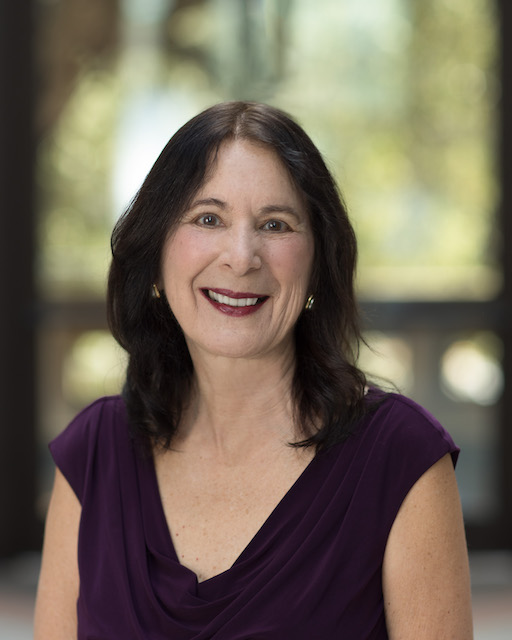How many federal courts scholars can identify what is meant by the litigation “black hole?” If you know the answer to this question, chances are you teach mass tort litigation or worked on asbestos litigation thirty years ago. And if you want to know what became of that black hole, Judge Eduardo C. Robreno of the Eastern District of Pennsylvania offers some answers.
Asbestos litigation was a seminal mass tort litigation and its procedural history provides an interesting parable about dispute resolution modalities. The flood of asbestos litigation began in the late 1970s and for approximately twenty years the Judicial Panel on Multidistrict Litigation resisted creation of an asbestos MDL. After the Judicial Conference issued a report on the nationwide asbestos litigation crisis, the Panel relented and finally created asbestos MDL-875 in 1991, docketed in the Eastern District of Pennsylvania.
The famous “black hole” refers to the contention by attorneys that the creation of the MDL—and the transfer of their cases to the MDL court—would send their asbestos cases into a litigation black hole, and that their cases would disappear forever. In issuing its order, the MDL panel took pains to assure lawyers that the MDL would not do so.
The asbestos MDL played a major role in the development of mass tort litigation, settlement classes, and Rule 23. Under the MDL umbrella, in 1993 attorneys consummated the first nationwide Rule 23(b)(3) asbestos settlement class. In 1997, the Supreme Court repudiated this settlement in Amchem Products v. Windsor based on lack of adequacy, typicality, and commonality. In 1999, the Court again repudiated a nationwide asbestos class settlement—this time certified under Rule 23(b)(1)(B)—in Ortiz v. Fibreboard Corp.
A lingering question concerns the fate of the asbestos MDL after these failed attempts at global peace. What happened to the asbestos MDL, and how were those asbestos cases resolved? Did the MDL fulfill the prophecy of a litigation black hole, or is there another story worth knowing? Judge Robreno offers some interesting and noteworthy answers.
Judge Robreno inherited supervision of the asbestos MDL docket in October 2008. In ensuing years, he developed a case management plan to resolve all the asbestos cases on the MDL docket. Significantly, the program he fashioned resolved claims on an individual, case-by-case basis. He concluded that aggregation and consolidation of cases had failed, and the appropriate approach to resolve the massive docket was to disaggregate the cases. The success of this judicially managed program gives pause to those who contend that mass tort litigation involving thousands of claimants cannot be resolved on an individualized basis.
After organizing court personnel and setting up a communications system, Judge Robreno implemented a six step process to resolve each case: (1) transfer of all outstanding federal asbestos cases to the Eastern District of Pennsylvania, (2) severance of cases into single-plaintiff motions, (3) plaintiffs’ submission of medical reports, (4) institution of show cause hearings, (5) scheduling orders for discovery, and (6) summary judgment motions. Judge Robreno reports that cases transferred and consolidated in MDL-875 were rarely remanded to the originating court.
The results of this program are impressive. He reports that since 2006, 186,524 cases were transferred to MDL-875. Of those cases, 183,545 have been resolved, leaving only 2,979 cases on the MDL docket.
Judge Robreno offers important lessons from his experience managing the largest and oldest personal injury mass tort litigation. First, he questions whether, in retrospect, a national MDL was necessary to handle the asbestos litigation. Second, he opines that unless courts establish a “toll gate” at the entrance to litigation, non-meritorious cases will clog the process. Therefore, he urges courts to establish early procedures by which each plaintiff must either provide facts to support their claims by expert diagnostic reports or risk dismissal. Third, he recommends that each case be disaggregated into the lowest common denominator, separating each claim against each defendant to stand on its own merits. Accordingly, he contends that any trial should not be bifurcated or trifurcated.
Judge Robreno’s experience in resolving this massive asbestos docket has made him chary of aggregative solutions to mass injury litigation, which he characterizes as falsely waiting for “Superman.” The alternative, however, requires a dedicated commitment of judicial resources to implement a program such as the one he designed. Once such a system is established, it is crucial to allow lawyers to be lawyers and judges to be judges. The judge must make the roadmap for litigation as clear as possible, and then make timely rulings to guide litigants. Judge Robreno’s one-plaintiff-one-claim approach bolsters litigants’ confidence in the process, by avoiding both the perception by plaintiffs that aggregation is designed to “clean house” by dismissing cases and the perception by defendants that it is designed to coerce settlements.
It is satisfying to learn the dénouement of the asbestos story that remained in the aftermath of the Amchem and Ortiz decisions. Similar to the resolution of a litigation whodunit, Judge Robreno’s detailed article provides an excellent history of this chapter of asbestos litigation. Thus we now learn that the litigation black hole never materialized to sweep away and forever vanish individual asbestos claims brought into that MDL.









Interesting article, please keep up the good work. Note: the question mark should be outside the quotation marks in your first sentence. See Ross Guberman and Bryan Garner articles on punctuation with quotation marks.